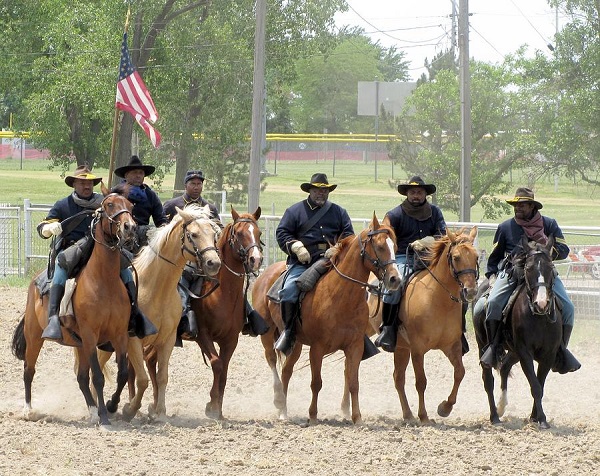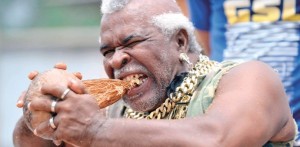Community news. The late Bob Marley highlighted the hidden history of the buffalo soldier. Nevertheless, who were they and what role did they play in the making of American History? After the American Civil War (1861-1865), in which the Southern Confederacy States lost the bloody battle to maintain slavery in the South, and to extend it into Western States, the 14th Amendment to the Constitution was passed on June 13th 1866. This followed the 13th Amendment, which was responsible for ending slavery in all parts of the United States. Prior to that, only the Northern States had abolished slavery. The 14th Amendment gave African Americans the right to citizenship.
Two months after legalising the 4th amendment the United States government decided that they needed to have a larger peacetime military to maintain peace in the Southern States and on the Western frontier. The American Civil War had recently ended and America at that time was going through great social change, as white immigrants from all over Europe pushed west to colonise the Western Frontiers. Between 1845 and 1850, more than 500,000 Irish people arrived after fleeing the potato famine. During the period of 1861-1870, nearly 1,500,000 people from Germany, as well as, Danes, Polish, Russian and Lithuanians, all immigrated to America to escape the lack of political and civil rights that they were denied in their own countries. The railway, constructed by immigrant Chinese labour, was also opening up the frontiers, and new settlers from Spain, France, England, Austria, and Sweden, could for a registration fee of $10, claim acres of land out west. Because of this grab for land, the nomadic and semi nomadic life style of the Native Americans came under threat and there were constant conflicts and wars between Native Americans, settlers and the army.
Before legislations were passed, one of the issues that concerned politicians was whether to integrate African Americans, who had fought in the Civil War, into the white Regular Army, or whether to keep them segregated. After much debate and opposition, they eventually agreed in favour of segregation. The new amendments, however, encouraged African Americans to enlist into the military and six regiments of African American soldiers were formed, the 9th & 10th Cavalry Regiments and the 38th, 39th 40th & 41st Infantry Regiments. The Infantry Regiments later merged and became the 24th-25th Infantry Regiments, with each regiment containing about 1000 soldiers. The period of enlistment was three years for the infantry and five years for the cavalry. Both African American and white regiments received $13 a month and no official training in how to use their weapons, manoeuvre tactics or horsemanship. In addition, the buffalo soldiers were given the worst weapons, uniforms, and horses to ride.
Most of the new recruits were former slaves from the South, as well as those who had relocated from the North with their families. The black Regular Army recruits were stationed in forts at Louisiana, Kentucky, and Kansas. The West was reputedly a place of opportunity and for many African American families; Kansas seemed the ideal place to settle. During the Civil War, Kansas had been the first Northern State to recruit volunteer African Americans into the military and after the Civil War, the United States government promoted Kansas as an excellent place for African Americans to establish themselves. For many African Americans, the army promised social inclusion and the chance to learn to read and write. Many former slaves and freedmen thought that if they fought to protect their country they would gain acceptance into American society.



